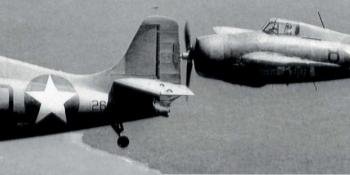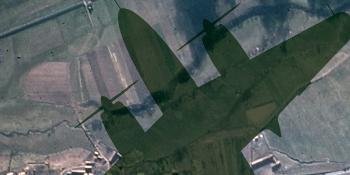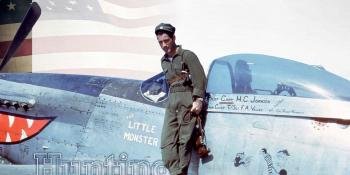The revolutionary F-111 had a disastrous operational debut in Vietnam. Warren E Thompson describes the baptism that nearly became a requiem
Duels between F-86 Sabres and MiG-15s during the Korean War and rising tensions during the Cold War caused a torrent of swept-wing designs reflecting the latest advances in technology. When Robert McNamara was appointed US Secretary of Defense in January 1961 he set about combining the needs of the US Navy, looking for a replacement for the McDonnell F-4 Phantom and the USAF, seeking a successor for the Republic F-105 Thunderchief.
Both armed services shared a requirement to carry heavy armament and greater fuel loads, to have high supersonic speed, twin engines and two seats, and probably the use of variable geometry wings. Specifically, the air force was looking for tandem seating, lowlevel penetration ground attack with the potential to travel at Mach 2.5. Under the designation TFX - Future Tactical Strike Fighter - McNamara gave project oversight to the USAF.
NO PAIN, NO GAIN
The old adage of ‘no pain, no gain’ could probably be applied to the selection, design, development and wartime application of the F-111.
The pain began in Washington and the gain began in …







